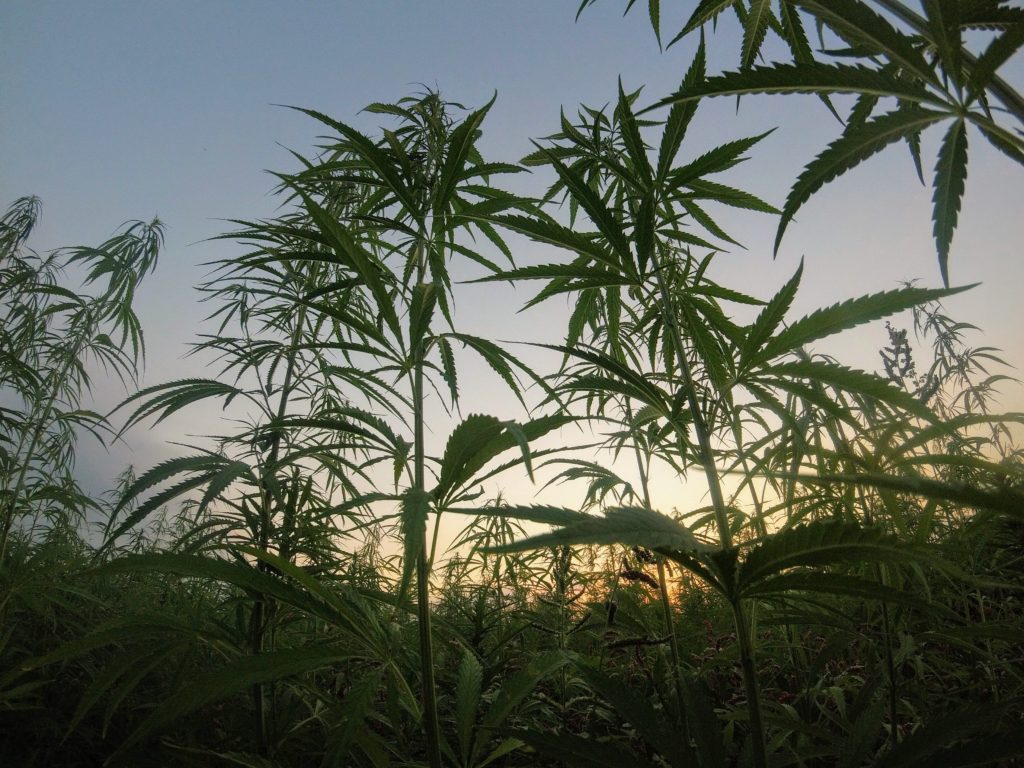I originally wrote and posted this December 25, 2014 on my personal Facebook.
What do astrologers, a dream recorded in the Book of Daniel and an execution have to do with Christmas?
Everything, I realized, when I read this a few weeks ago on a plane:
“The astrologers answered the king [Nebuchadnezzar], ‘There is no one on earth who can do what the king asks! [to interpret his dream] No king, however great and mighty, has ever asked such a thing of any magician or enchanter or astrologer. What the king asks is too difficult. No one can reveal it to the king except the gods, and they do not live among humans.’ This made the king so angry and furious that he ordered the execution of all the wise men of Babylon.” – Daniel 2:10-12
Wise men. A king. Live among humans. A dream. An order of execution by a fearful king.
Wow. I never realized how eerily similar Daniel 2 is to Matthew 2—the events surrounding Jesus’ birth!
But these words.
“And they do not live among humans.”
Those 7 words made my heart sink when I read them 2 weeks ago on a plane. And I haven’t been able to get them out of my mind since.
The astrologers’ words reveal such despair, such hopelessness. They live under an oppressive king who calls for their execution when their spiritual source was found lacking. (I bet he was tons of fun at office parties.)
“And in despair I bowed my head:
“There is no peace on earth,” I said,
“For hate is strong and mocks the song
Of peace on earth, good will to men.”
– H.W. Longfellow, “I Heard the Bells on Christmas Day”
But… Daniel steps up and God steps onto the scene by revealing the king’s dream to Daniel, who shares the interpretation with the king and pleads to save the men from being executed. Hmm…
“And they do not live among humans.”
Those words.
Jesus, the Son of God, directly challenges this pervasive belief of “God” being separate and distant from humanity by entering our human dimension through a birth canal.
But instead of coming to earth with a “booyah” spirit of triumphalism, he came as a vulnerable baby born of a young maiden cloaked in the controversy of an unexpected pregnancy.
Jesus took on the tiniest human form and instead submitted himself to his own execution to deliver us all from the hands of oppression and death.
He entered this world through the blood of a birth canal and he left it through the blood on the cross.
“The Word became flesh and made his dwelling among us.” – John 1:14
“And they do not live among humans.”
They were correct. Sort of. But there is One who will. Messiah. The King of kings. The Lord of lords.
Emmanuel. “God. With. Us.”
He came. And He lives among us still.
Yet wise ones still seek him.
***
“Long lay the world in sin and error pining
‘Til He appeared and the soul felt its worth
A thrill of hope the weary world rejoices
For yonder breaks a new and glorious morn.Truly He taught us to love one another;
His law is love and His gospel is peace.
Chains shall He break for the slave is our brother;
And in His name all oppression shall cease.”
O. Holy. Night.

